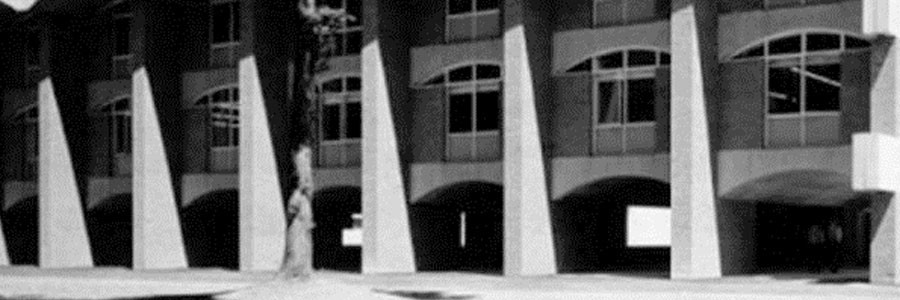By Katie Barnes
Even before coming to Sussex, I was aware of the work being done by the Sussex Colour Group and knew that I would love to be involved in some colourful projects one day. The JRA enabled me to approach Professor Anna Franklin, leader and coordinator of the Sussex Colour Group and Baby Lab, who helped me open the door towards my first chromatic research experience! I had the pleasure of contributing to The Rainbow project which was developing its final stage when I arrived. The project was investigating how infants of 4 – 6 months see and categorise colour before they have developed language, and had divided into 3 phases. Phase 3 was where I came in and was focused on hue discrimination.
My JRA project predominantly focused on piloting new and engaging stimuli which would be used with infants aged 4 – 6 months. The procedure itself involved the use of an eye tracking technique, so we could gather non-verbal data from the infants which provided us with an insight into their cognition. A round, black and white sticker is placed on the infant’s cheek in order to calibrate the eye tracker and to record pupil movement. When the infant was settled and attentive to what the computer monitor was showing them, we presented two colourful patches, one of which contained an animation. Figure 1 provides examples of the patterns used in the procedure. We used a variety of colour combinations with each stimuli which were counterbalanced to avoid colour and side bias. From this we could obtain which of the three patterns is most popular with the infants and would be used in the final study. Results showed that the looming rings proved most attractive for the infants. Using this pattern, the colour pairs used will gradually become more similar in hue until the infant can no longer see a difference between the patches. This will allow us to measure the threshold of infant hue discrimination for a whole colour space.
When developing this stimuli other factors were also taken into account, such as spatial frequency and how much luminance noise to include, an example of our first set of luminance noise can be seen in figure 2. 
Working on the Rainbow project provided me with a new appreciation for developmental psychology and has helped me understand how procedures must adapt in order to fit the participant. As well as giving me an introductory understanding of the specialised equipment used in acute colour / light measurements and the theory behind it, such as the SpectraScan and VSG monitor (figure 3). I have gained an invaluable pool of new knowledge which I owe to all those involved in the work being done in the lab, particularly my mentor John Maule who was able to answer all of my questions and calm my bundle of nerves!
 My main concern about completing a research project was whether I would be able to successfully analyse data statistically. Statistics has never been a strong point of mine, but the project allowed me to apply my foundational knowledge to real world data and build from there. The support I received in the lab allowed me to ask as many questions as needed as well as giving me time to solve problems by myself.
My main concern about completing a research project was whether I would be able to successfully analyse data statistically. Statistics has never been a strong point of mine, but the project allowed me to apply my foundational knowledge to real world data and build from there. The support I received in the lab allowed me to ask as many questions as needed as well as giving me time to solve problems by myself.
Undertaking the JRA project over the summer has boosted my confidence remarkably and will help me hit the ground running when starting my third year. My research, recruitment and communication skills have benefited immensely from interacting with participants, other JRAs and research fellows. I hope to continue the work I have completed over the summer within my third year and apply my new research skills effectively!
Find out more about our research on Cognitive Psychology.



[…] Katie Barnes: My colourful JRA […]